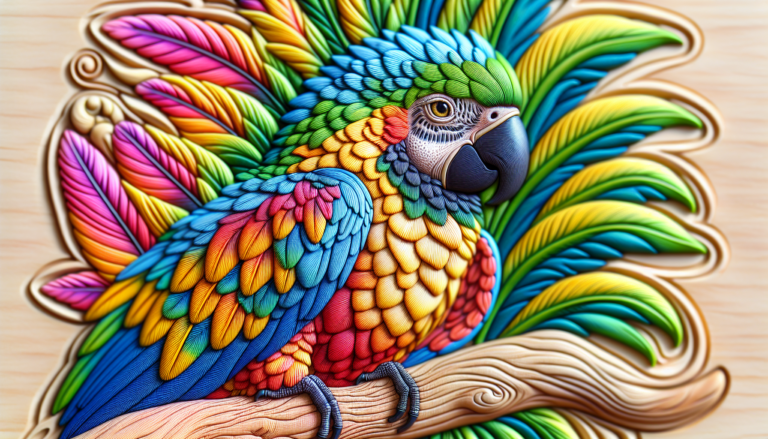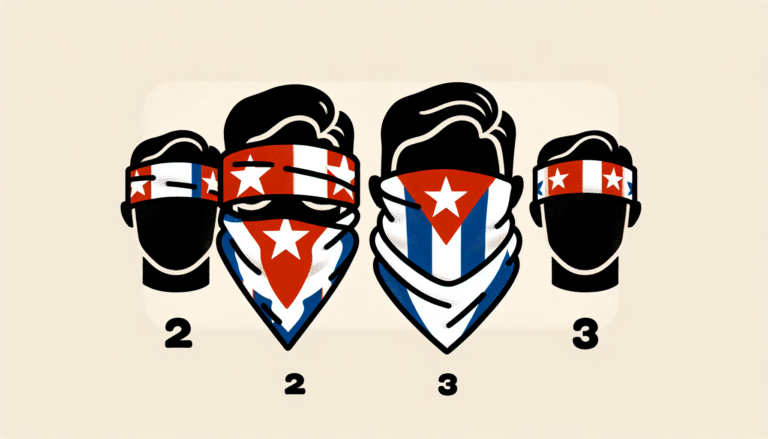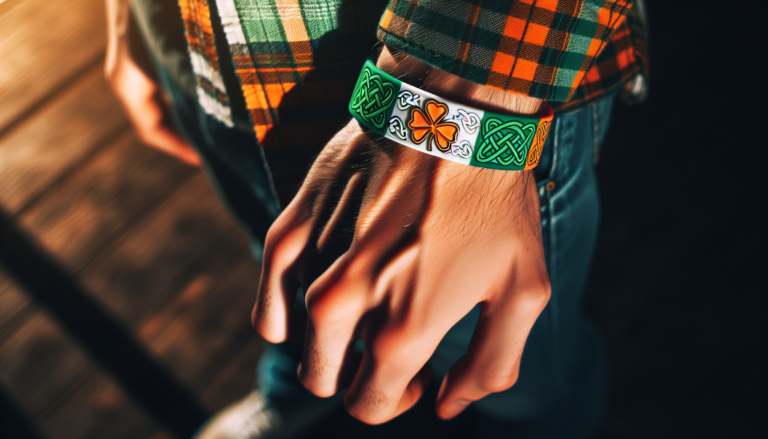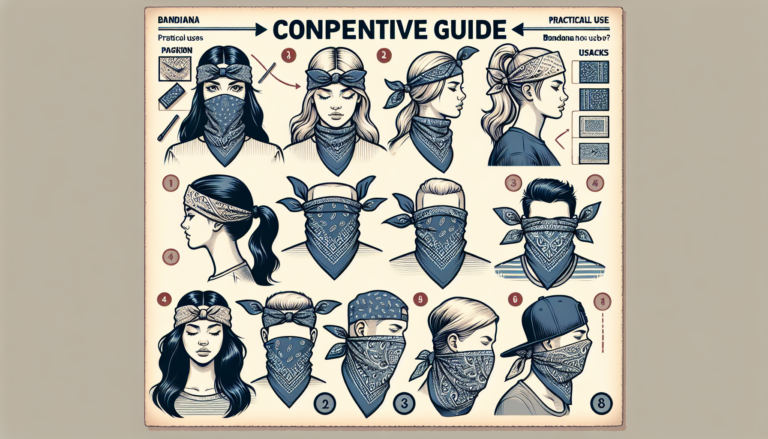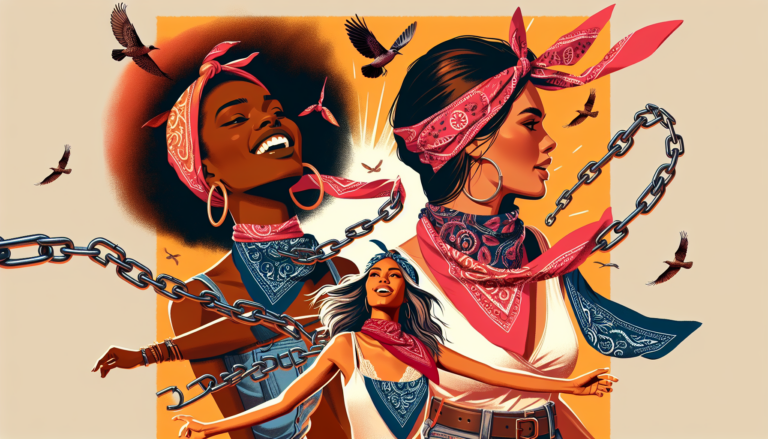In the last third of the last century, bandanas experienced a huge resurgence as group identifiers and emblems of allegiance. And that trend has continued right up to today.
In the 1970s, for example, various colors and kinds of bandanas served as group identifiers especially for people with alternative lifestyles. Often, different colors signified sexual preferences, which was referred to as the “handkerchief code.” Different colors of bandanas hanging from different pockets visibly communicated sexual preferences and fetishes, in a kind of insider code, for members of a community that was still largely underground.
And then in the 198os, bandanas came into widespread use by urban gangs. Typically, each gang had its own designated color and design, often incorporating a gang insignia. These bandanas helped foster gang identity and promote unity.
These are the examples of this use of the humble bandana that first come to mind. But bandanas have long been used for this purpose throughout our history.
Consider interesting examples . . .
Campaign Bandanas

Bandanas have played a role in political campaigns in this country for a long time, but probably saw their peak in this regard in the early to mid-twentieth century. Here are a couple of salient examples . . .
Teddy Roosevelt
In 1912 Theodore Roosevelt was seeking the Republican nomination for a shot at a third term as president. Roosevelt had been a highly popular president during his two terms from 1901-1909. He had planned to bow out once his hand-picked successor, William Howard Taft, was in place as president. But after Taft’s election, Roosevelt became disheartened as he saw Taft abandoning the policies he favored. The only course for Roosevelt, then, was to go after another term when Taft faced re-election.
A special bandana was created for this nomination campaign, particularly to drum up support at a rally in Milwaukee. Printed on the bandana were the lyrics to the campaign song “We Want Teddy,” written in 1912 by Calia Altstarter, Homer Rodeheaver, and Jennie Ree. A memorable verse goes like this:
Do you for progression stand?
Vote for Teddy!
And reform in this great land?
Vote for Teddy!
Roosevelt didn’t regain the presidency. But there must have been some other power in that unique campaign bandana.
While on his way to deliver a speech at the Milwaukee rally, Roosevelt was shot in an assassination attempt. That didn’t matter to Teddy. He went ahead and gave his speech – with the bullet still in his body! Only afterward did he seek medical treatment.
Dwight Eisenhower
In the 42nd presidential election in 1952, Republican Dwight D. Eisenhower was running against Democrat Adlai Stevenson, who won the nomination after Truman withdrew from the race. Eisenhower won in a landslide victory, owing to the great popularity he gained during WWII and in part to a bandana.
Leveraging his enormous popularity as a favorite leader during WWII, Eisenhower narrowly beat out Taft for the Republican nomination in 1952. Capitalizing further on this popularity with the ubiquitous slogan “I Like Ike,” Eisenhower easily carried the general election, winning in every state outside of the South and even in some southern states.
And some of that easy victory can be attributed to the support gained through the use of a campaign bandana. It boldly carried the words “Win with Ike for President” and was distributed far and wide to supporters and potential supporters.
Redneck Bandanas
In 1921, the industrial kingpins and near monopolies were trying to squeeze everything possible out of workers to make as much profit as possible. It wasn’t all soaring stock market, flappers, and gin. For many people, hours were long, pay was low, conditions were sometimes terrible – and it was time to do something.
Out of that came the famous West Virginia Coal Miners March. And the bandana achieved a place of prominence in the world of work, becoming a recognized symbol in the struggle for workers’ rights.
Here’s a little background . . .
From the late nineteenth to the early twentieth century, coal mining in West Virginia was definitely set up to favor the coal companies financially and to disadvantage the workers, who were virtually indentured servants. The workers had to do their mining using tools leased from the company and were paid low wages in company currency, called “scrip.” And that scrip could be used only at company stores.
In addition, many immigrants who traveled to the area for mine work had to pay the company back for train fare and were often forced to take out a line of credit at the company store in order to buy essentials like food and clothing. So, basically, the miners mortgaged their lives to the coal company.
Working conditions for the miners were deplorable and extremely dangerous. There was no government regulation and no workers’ rights, so most miners worked 16-hours days under those dangerous conditions. According to the Mine Safety and Health Administration, an estimated 95,000 workers died in America’s mines between 1900 and 1950. And tens of thousands more were disabled in mining accidents or died from black lung disease.
As a result, this period saw a series of bitter labor disputes spread over several years between the miners and coal companies, primarily in southern West Virginia. For the most part, this had little effect with respect to helping miners.
Until 1921 . . . when a remarkable event that included red bandanas began a slow reversal.

The spark that set things off was an incident known as the Matewan Massacre, important because of its huge symbolic significance for the miners. This was a gunfight between big mining company agents and principals in the struggle for miners’ rights, proving that the big companies could be beaten. But at the end of it, many miners and their leaders were imprisoned and martial law imposed in some areas.
So on August 24, 1921, a huge group of armed miners – 10,000 at least and possibly as many as 15,000 – set out on a long march to protest their working conditions and the governor’s imposition of martial law in Mingo County. A number of WWI veterans among them helped organize the march in a military fashion. They had sentries and patrols, codes and passwords, and included doctors, nurses, commissaries, and food tents.
Near Logan at Blair Mountain, however, the marching miners encountered more than 5,000 men sent to intercept them – guards, deputy sheriffs, and state police. Still, by September 1, the miners had been able to capture nearly half of the strategic 25-mile mountain ridge in the area. That’s when President Warren Harding sent in federal troops and a bombing squadron. The miners weren’t willing to resist US troops, so they laid down their arms.
Called “the largest armed uprising in American labor history and the biggest armed insurrection in the United States since the Civil War,” it seemed, on the surface, a crushing defeat for the miners and their cause. But it was, nevertheless, a turning point in the American labor movement.
Much of the miners’ success can be attributed to their chosen symbol of unity.
In the West Virginia Coal Miners March of 1921, the 10,000+ marchers each wore, as a symbol of unity, a red bandana around his neck. This bandana “uniform” gave them some cohesiveness in what became a critical chapter in the struggle for workers’ rights.
These mine-worker marchers all wore red bandanas around their necks. It’s said, then, that we get our term “redneck” from this incident.
Baseball Bandanas

And did you know that a bandana may have helped a baseball team win the World Series?
It was called the “Homer Hanky,” a thin 18-inch square piece of cotton with “Twins 1987 Championship Drive” printed on it in red. This bandana is purported to have helped the Minnesota Twins win the World Series that year. It certainly didn’t hurt, especially when fans waved their Homer Hankies en masse during a game.
Early on, things didn’t look very hopeful for the Minnesota Twins when they squared off against the St. Louis Cardinals in 1987.
The twins came into this Series – held on their home turf at the Hubert H. Humphrey Metrodome in Minneapolis – after setting a record for the 162-game regular season. It was the worst win-loss record of any World Series championship team, a record that stood till 2006. The Twins were also the very first team to go into the Series with a record of being outscored in the regular season. Basically, in the 1987 World Series, the Minnesota Twins were outnumbered by their competition in nearly every major statistical category.
It looked pretty hopeless for the Twins, actually. And that’s where the Homer Hanky and the devoted fans come in.
This now iconic little bandana called the Homer Hanky was the brainchild of Terrie Robbins, a Minnesota Star Tribune reporter. She conceived the bandana as a way to build and show support and enthusiasm for the team, a rallying point for players and fans alike.
Early in the Series, the Twins’ Gary Gaetti hit a home run putting the team ahead – and that did it. The whole stadium, it seemed, was a sea of white bandanas being frantically waved.
Here’s how a 1987 piece in the Chicago Tribune reported it: “A blizzard of white swirls through the climate-controlled Metrodome each time the Minnesota Twins get a hit, as fans sing ‘My baby waves the Homer Hanky.’ When misfortune befalls a St. Louis Cardinal pitcher, hankies bid farewell to the tune of ‘Happy Trails.’ In a state that has made a tradition of losing in sports and presidential politics, the Homer Hanky rallies hope.”
Flag Bandanas

Today people are interested in their origins, as evidenced by outward ethnic pride and widespread DNA investigations. And bandanas are playing their part here – flag bandanas in particular.
Here are just a few of our many options to help you participate in this new twist on a long-standing tradition . . .
- USA Made
- 50/50 Poly-Cotton
- TC 68×68
- Pearl Stitched Edge Finish
- Double-sided Printing
- 22×22 Inch
- 22×22 Inch
- 100% Cotton
- TC 68×68
- Hemmed Stitched Edge Finish
- Double-sided Printing
- 22×22 Inch
- 100% Cotton
- TC 68×68
- Hemmed Stitched Edge Finish
- Printed in USA
- 22×22 Inch
- 100% Cotton
- TC 68×68
- Hemmed Stitched Edge Finish
- Double-sided Printing
And we have many, many more to choose from.
Your Source for Quality, Flag Bandanas
Flag bandanas – practical, fashionable, and a great way to proudly display your origins and/or loyalty/allegiance.
If you want to be included in this tradition of wearing a bandana as a group signifier, why not go to the bandana source that offers both quality bandanas and great prices coupled with superior customer service – Bandana.com?
Here at Bandana.com, we offer a wide selection of all kinds of headwear, including bucket hats, bandanas, and doo rags. You can get more information about us here.
